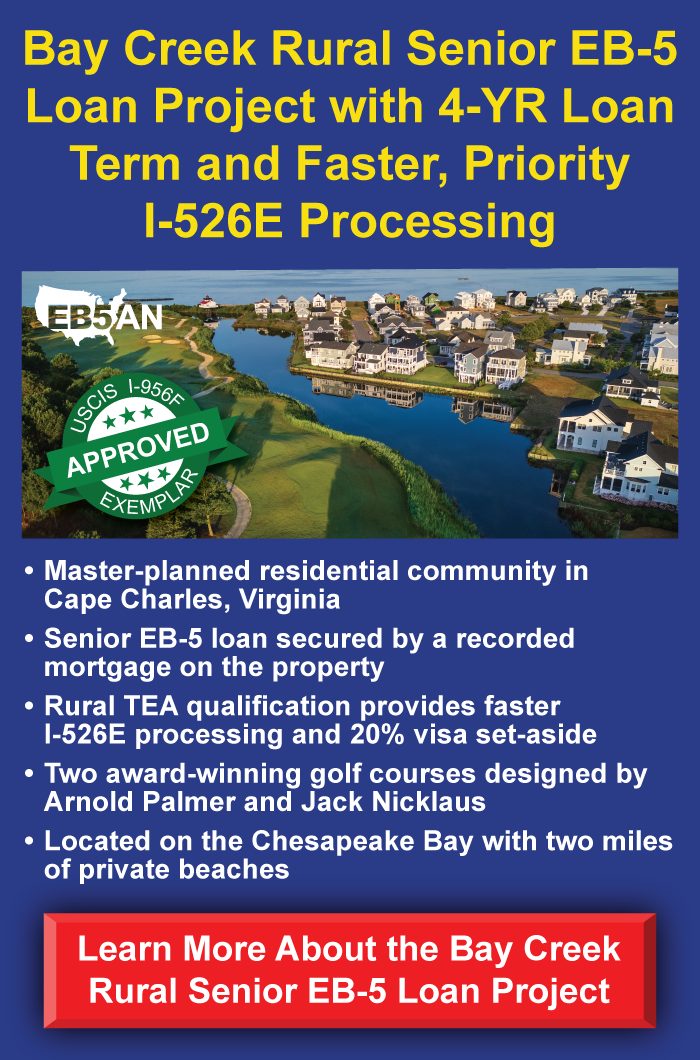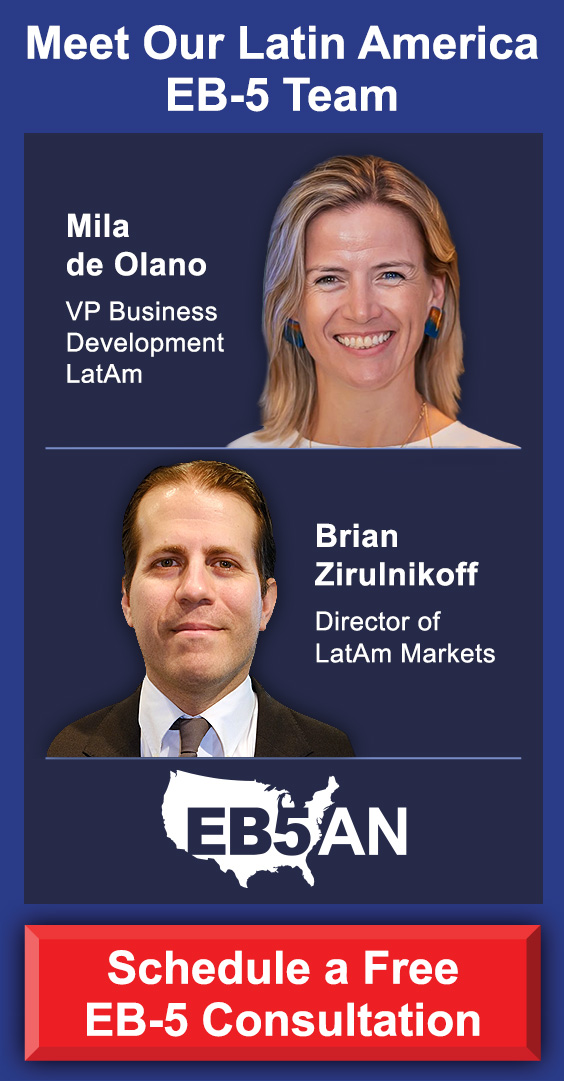For many international investors, the EB-5 Immigrant Investor Program offers a compelling opportunity: permanent residency in the United States in exchange for a job-creating investment. But despite its appeal, the EB-5 process involves complex legal and financial decisions, a series of detailed immigration filings, and the risk of significant capital investment.
So, what’s the very first step in the EB-5 process? Is it choosing a project? Hiring a lawyer? Transferring funds? In truth, the first step is establishing a strong foundation that combines proper due diligence, the support of an experienced immigration attorney, and a thorough approach to selecting the right investment vehicle. All subsequent steps depend on making the right decisions early on.
Laying the Groundwork
Why Due Diligence Comes First
The Role of an Experienced EB-5 Immigration Attorney
Choosing the Right Investment Project
A Strategic Start Leads to Long-Term Success
Laying the Groundwork
The EB-5 program, created by Congress in 1990, requires foreign nationals to invest a minimum of $1,050,000, or $800,000 in a designated targeted employment area (TEA), in a U.S. new commercial enterprise that creates at least ten full-time jobs for qualified U.S. workers.
This program is not just an immigration route, it’s also a financial investment with inherent risks. That’s why taking the time to understand both the immigration framework and the economic landscape is essential before making any commitments.
Why Due Diligence Comes First
The single most important mindset at the start of the EB-5 journey is one of cautious diligence. Too often, prospective investors are drawn in by marketing promises or glossy brochures without understanding the deeper risks involved. In reality, not every EB-5 project is created equal, and not all investment opportunities are designed with the investor’s best interest in mind.
Effective due diligence involves a combination of education, research, and professional guidance. Investors should begin by familiarizing themselves with the core principles of the program, including USCIS requirements for investment amount, job creation, and documenting lawful source of funds. Staying informed about recent reforms, such as those introduced by the EB-5 Reform and Integrity Act of 2022, is also essential, as these changes impact everything from project reporting to fund transparency.
The Role of an Experienced EB-5 Immigration Attorney
While it may be tempting to start looking at investment projects right away, the wiser move is to first engage an immigration attorney who specializes in EB-5. The EB-5 visa is one of the most document-intensive immigration pathways. Mistakes or omissions, especially in the sourcing of funds or the business plan, can derail an otherwise promising petition.
A qualified EB-5 attorney will guide the investor through every legal and procedural detail of the process. This includes:
- Reviewing the investor’s personal and financial background to determine eligibility.
- Assisting in gathering documentation for the source and path of investment funds.
- Evaluating and interpreting offering documents from regional centers.
- Preparing and filing Form I-526E, which is the investor’s petition to USCIS.
- Coordinating with tax advisors and compliance experts, especially when the investor’s global assets and obligations are involved.
Just as importantly, a good attorney will help the investor avoid red flags, identify risky or unproven projects, and ensure full compliance with U.S. immigration law.
Choosing the Right Investment Project
With legal guidance in place and a firm understanding of the program’s requirements, the next step is to choose a qualifying EB-5 investment project. For most investors, this means selecting a project affiliated with a USCIS-approved regional center.
However, choosing the right project is far from straightforward. Investors should evaluate each opportunity on both immigration viability and financial soundness. Key questions to consider include:
- Is the project located in a TEA, qualifying it for the reduced $800,000 investment threshold?
- How are the required 10 jobs per investor being created? Are they based on credible economic modeling?
- What is the capital stack? A strong project will have significant developer equity and manageable debt levels.
- What is the exit strategy? Can the investor expect a timely and realistic return of capital after the required holding period?
- What is the regional center’s track record? Have they successfully completed similar projects with high petition approval rates?
A well-structured project, backed by transparent reporting and competent management, will give investors a far better chance of securing permanent residency while protecting their financial interests.
A Strategic Start Leads to Long-Term Success
While obtaining permanent residency is often the primary goal, successful EB-5 investors also take time to consider the broader picture. The EB-5 process impacts not just where you live, but how you live, your financial planning, tax obligations, children’s education, and long-term business opportunities in the United States.
But what is the first step that leads to all of this? It’s not filling out a form or wiring money. It’s developing a strategic foundation built on knowledge, legal support, and careful planning. By conducting meaningful due diligence, engaging the right immigration attorney early on, and evaluating projects with a clear eye toward both immigration and investment goals, you can begin your EB-5 journey with confidence.
EB5AN has helped more than 2,700 families from 70+ countries become lawful permanent residents of the United States. Our team has more than a decade of experience and offers clients first-rate, low-risk EB-5 regional center projects with a 100% USCIS project approval rate.
If you would like to know more about your EB-5 investment options, book a free call with our expert team today.










